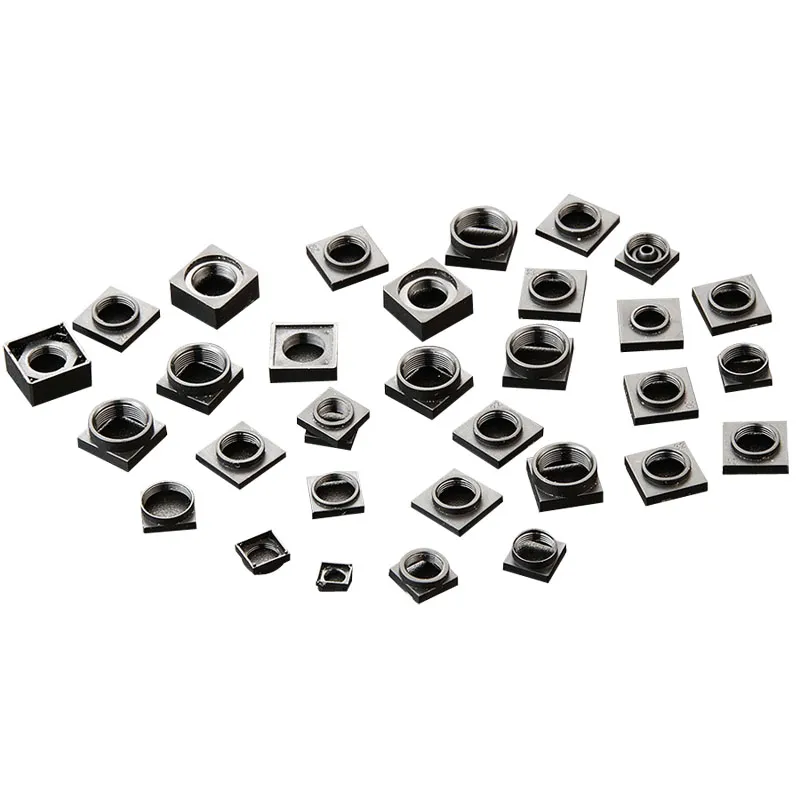Plastic optical mold is a key tool for manufacturing plastic optical components (such as lenses, prisms, etc.). It has the characteristics of excellent material properties, diverse molding technology, outstanding product characteristics and wide application. These characteristics make plastic optical molds play an important role in the field of optical component manufacturing and promote the continuous development of optical technology.

High light transmittance: Plastic optical molds are usually made of materials with high light transmittance to ensure that the manufactured optical components have good optical properties.
Corrosion resistance: The mold material needs to have good corrosion resistance to resist the erosion of chemicals that may be encountered during the production process.
Thermal stability: Since plastics need to be heated during the molding process, the mold material must have good thermal stability to ensure that it will not deform or damage at high temperatures.
High precision: The manufacture of plastic optical molds requires high-precision processing technology to ensure that the mold cavity size, shape and surface roughness meet the design requirements.
Diversified molding technology: including injection molding, casting molding and compression molding. These technologies can produce optical components of various shapes and sizes to meet different application requirements.
Injection molding: Mainly used for mass production of aspheric optical parts with smaller diameters, and can also manufacture micro lens arrays.
Casting and pressing molding: Mainly used to manufacture aspheric lens optical parts with larger diameters.
Lightweight: Compared with glass optical components, plastic optical components have lighter weight, which makes them more advantageous in many applications, such as aerospace, portable devices, etc.
Low cost: The manufacturing cost of plastic optical molds is relatively low, and the production efficiency is high, which helps to reduce the overall cost of optical components.
Impact resistance: Plastic optical components have good impact resistance and are not easy to break, which improves the reliability and service life of the product.
Optical components manufactured by plastic optical molds are widely used in various fields, such as cameras, microscopes, telescopes, fiber optic communications, lasers, optical measuring instruments, etc. In these applications, plastic optical components not only realize the transmission and focusing of light, but also realize the functions of light splitting, polarization, modulation, etc.
